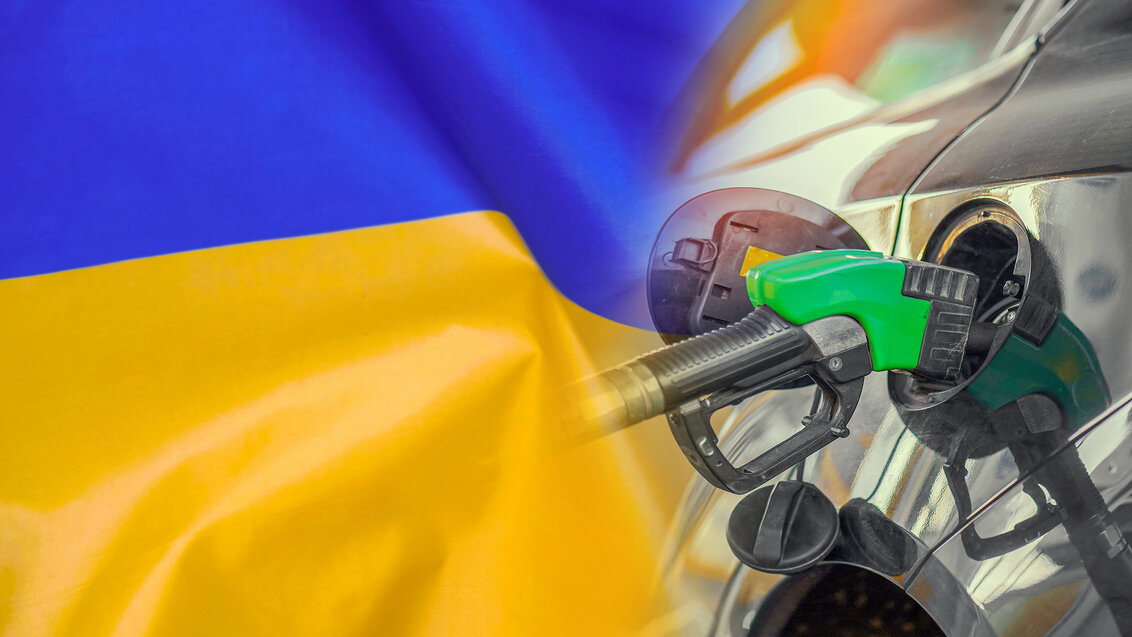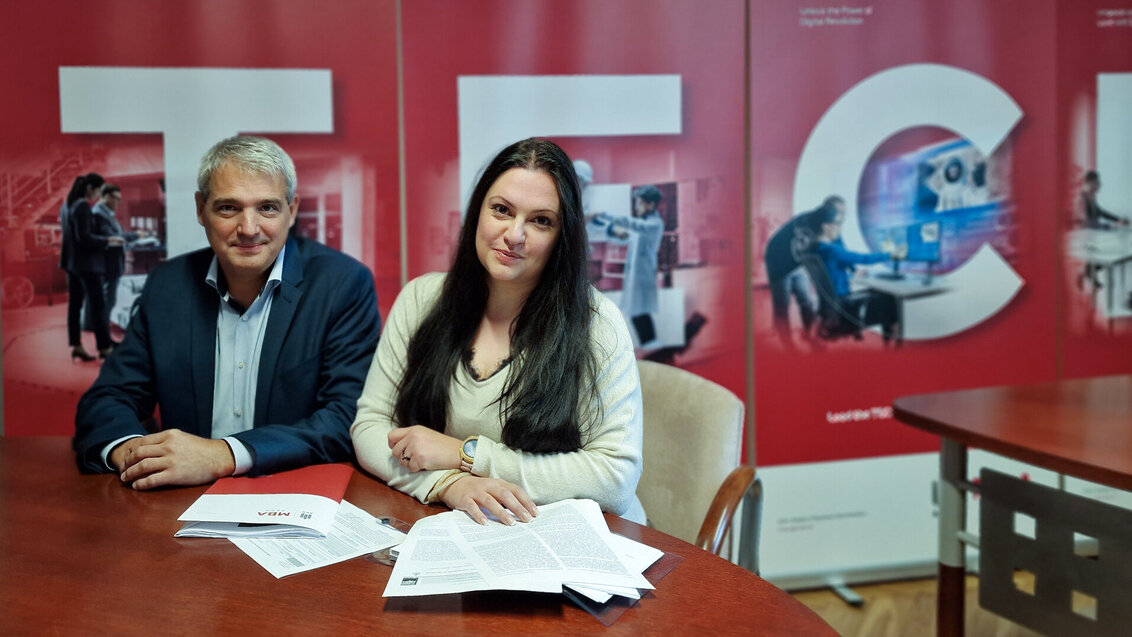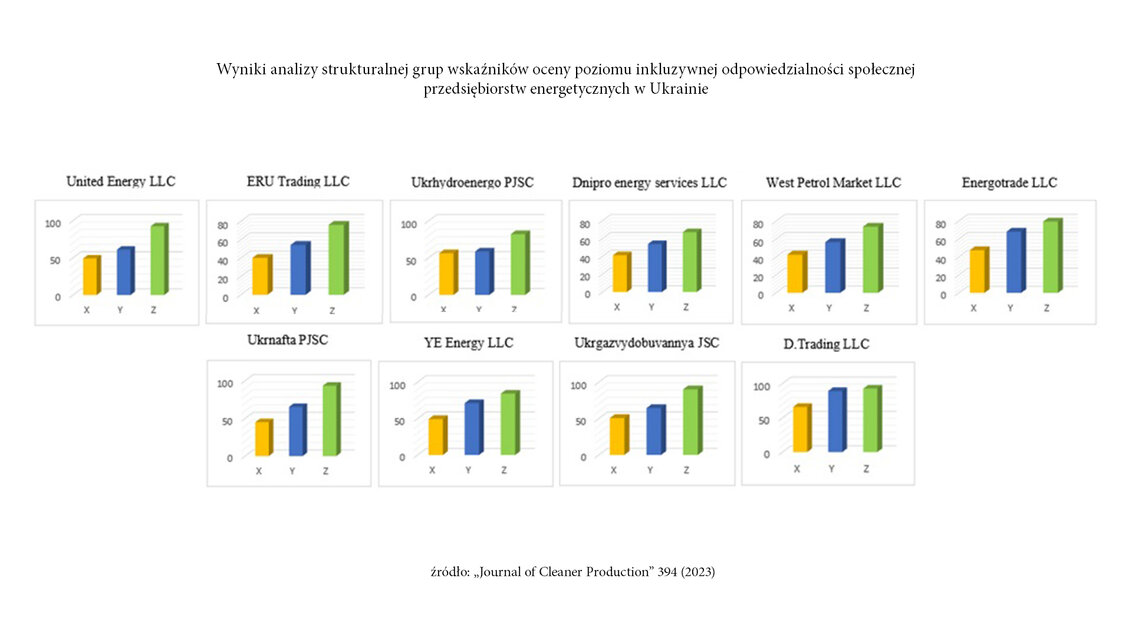
Photo source: Dreamstime
Researchers from the AGH University and Odesa Polytechnic National University have developed an innovative method for determining the level of corporate social responsibility, which places an emphasis on the impact of planned innovations on achieving the aims of the so-called sustainable and inclusive development. They used the method to see how enterprises in Ukraine's energy sector handle such issues. However, the method is so universal in nature that it can be applied to other industries as well.
If we were to ask a question about enterprises’ main objectives in a capitalist economy, the majority of people would probably mention making money first. And this would undoubtedly be the right answer, because if companies were not generating adequate revenue, it would be a simple way to their bankruptcy. Naturally, every business owner would also like their profit and loss account to be positive, meaning their business is profitable. Although the profit is the motor for the development of enterprises, it must be kept in mind that they are not self-contained entities existing in a void – employees depend on them, they are intertwined with local communities, and more or less affect the natural environment. Striving to maximise profit without any regard to the social interest and environmental costs often gives rise to conflicts and image crisis.
For the prevention of such situations, there is a concept being developed from the beginning of the second half of the 20th century, namely Corporate Social Responsibility (CSR), which is a management style reconciling the multiplication of owners' wealth with the concern for the welfare of other stakeholders and environmental issues. The idea behind the CSR is deeply connected with the concept of inclusive sustainable growth, which means that besides caring for the preservation of nature's resources for future generations, as many social groups as possible should enjoy the benefits of economic growth. Nevertheless, taking advantage of the profits does not translate into simple income redistribution, but it should be understood as maximum development of the human potential available on the labour market, elimination of poverty and its consequences, and no more exclusion of certain regions from access to goods and services.
The concept of Corporate Social Responsibility (CSR) reconciles the multiplication of owners' wealth with the concern for the welfare of other stakeholders and environmental issues. Photo source: Dreamstime

New method for estimating the CSR level
There are numerous indexes used for measuring the social responsibility of companies. Some of them are Domini Social Investment Index (DSI 400), Dow Jones Sustainability Index, FTSE4Good Index, Corporate Philanthropy Index. However, according to the researchers from the AGH University and the Odesа Polytechnic National University, the topic has not been exhausted yet. In their article published in the Journal of Cleaner Production, they set forth an innovative method for determining the level of corporate social responsibility, which places emphasis on the impact of planned innovations on achieving the goals of sustainable and so-called inclusive development. The ISRSIP method (inclusive social responsibility of the subjects of the innovation process) was applied in order to assess the degree of social responsibility of companies operating on the Ukrainian energy market, which is now facing the need to implement changes related to the prospect of the country's accession to the European Union as well as changes resulting from the situation in the region.
“Energy enterprises constitute the richest branch of the Ukrainian industry but they are facing the need to shift the way they operate to a greener and more sustainable one. It is said that cities form around large energy plants. This opens up possibilities for levelling the disparities in living standards between urban and rural areas, which are strongly noticeable not only in Ukraine,” claims Professor Iryna Bashynska from the Faculty of Management at the AGH University and the article’s co-author. “We have decided to take a closer look at the energy sector as it influences the entire cross-section of society. At the same time, it is a branch of industry which needs to implement some changes to meet the criteria for its access to capital,” adds Professor Marek Dudek also from the Faculty of Management at the AGH University and a co-author of the article.
Associate Professors Marek Dudek and Iryna Bashynska, Photo by Marianna Cielecka

Three groups of indicators
The researchers studied 25 companies from the Ukrainian energy and fuel sector, whose turnover in 2020 amounted to at least EUR 250 million. Then, ten of them which generated the most in revenue were analysed in detail. Among them were: Ukrgazvydobuvannya JSC, Ukrnafta PJSC, Ukrhydroenergo PJSC, D.Trading LLC, YE Energy LLC, Energotrade LLC, United Energy LLC, Dnipro energy services LLC, West Petrol Market LLC, and ERU Trading LLC.
To assess the state of inclusive social responsibility of the subjects of the innovation process (ISRSIP), a system of 20 indicators was determined and combined into three groups: economic indicators, social indicators, and indicators of socially responsible attitude. The first group included indicators used primarily to determine how the introduced innovations translate into increased revenues and reduced business costs. The second group of indicators described various matters related to working conditions, the creation of new jobs, the openness to employment of vulnerable groups, as well as the coverage rate of remote areas with the enterprise's products. Whereas, the last one assessed the approach to compliance with the law, the environmental aspects of operations, as well as the enterprise's willingness to implement innovation and its overall approach to corporate responsibility. The points for each indicator were awarded based on the feedback from 278 experts from Poland and Ukraine, who were approached by the article's authors. The indicators were aggregated in such a way that an increase in the value of one of them raises the value of the others, increasing the value of the entire index.
Results of the structural analysis of groups of indicators for assessing the level of inclusive social responsibility of energy industry enterprises in Ukraine. Source: „Journal of Cleaner Production” 394 (2023).

Useful tool for science and business
None of the studied companies was able to reach the maximum value in any of the indicator groups but the best one on this list was D.Trading LLC. When looking at the comparison, it is also important to take into account that although the publication was released in 2023, the data used for its purpose was collected before the full-scale Russian invasion on Ukraine, which took place on February 24, 2022.
“At war, the economy as well as the environmental impact are in the background. Currently, the priority is to ensure access to energy, which means that the social factor is the most important now,” Prof. Dudek stipulates. “We are currently facing a very difficult situation, but we must not forget the risks that await us in the future.” In turn, Prof. Bashynska claims "that is why we should not wait for a better time but act for expanding the sphere of inclusive social responsibility today.”
The researchers stress that the method for calculating the ISRSIP index is innovative as a result of the division of indicators into three separate groups, which allows the evaluated companies to define the areas of their operation that require improvement. Another advantage is its modifiability which provides a wide range of possibilities for its application.
“Groups of indicators may be found in various publications, but we have differentiated and placed them in separate groups. This method is universal and applicable in other industries as well. The only thing worth adapting at such point would be the weights of given coefficients. There are companies which, due to their investment character, have a less significant impact on the environment, such as banks. Moreover, with a proper weight system one can be tempted to use this method to compare enterprises from different industries,” Prof. Dudek explains. “These companies agreed to share their data with us, as they were lively interested in the results of our research. They could later pay attention to key factors blocking their development in certain areas,” Prof. Bashynska continued.
The researchers already have plans for further work, including using the method for companies operating in other countries as well as automating decision-making based on the results obtained.
 Pre-election meeting with a candidate for the position of rector
Pre-election meeting with a candidate for the position of rector  Agreement on cooperation with OPAL-RT
Agreement on cooperation with OPAL-RT  Krakow DIANA Accelerator consortium members with an agreement
Krakow DIANA Accelerator consortium members with an agreement  Meeting with the Consul General of Germany
Meeting with the Consul General of Germany  More Academic Sports Championships finals with medals for our students
More Academic Sports Championships finals with medals for our students  Professor Jerzy Lis re-elected as AGH University Rector
Professor Jerzy Lis re-elected as AGH University Rector  Launch of AGH University Student Construction Centre
Launch of AGH University Student Construction Centre  Bronze for our swimmers at Academic Championships
Bronze for our swimmers at Academic Championships